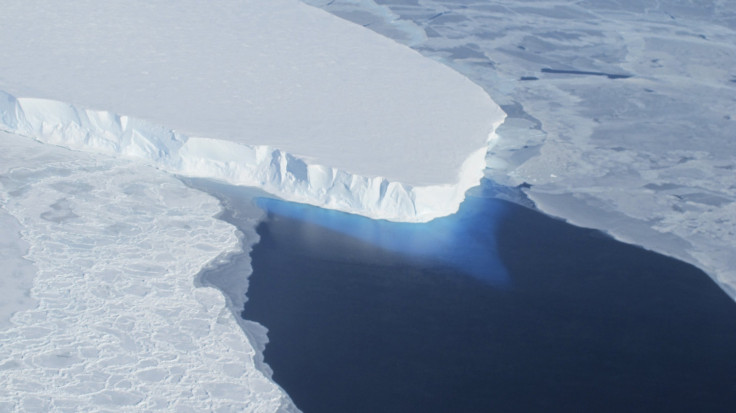Once Stable Antarctic Glaciers Are Melting Faster Than Thought

A team of British researchers at University of Bristol, UK, has made a worrying revelation that there is a sudden and rapid thinning of once-stable glaciers along the southern Antarctic Peninsula since 2009. Through their study published in the journal Science, they have demonstrated that significant changes in glacier mass is occurring surprisingly quickly with rise in temperatures in the ocean and air.
In the past years, the Southern Antarctic Peninsula was thought to be safe from the impact of global warning, but in the beginning of 2009, several glaciers along a wide area of about 750 kilometres or 460 miles in length began to melt into the oceans. The researchers have estimated that about 55 trillion litres of water is being poured each year. The said data was gathered from the European Space Agency’s CryoSat-2 and then was developed into a model to map how the height of ice has changed over the years across Antarctica. They were actually studying the adjoining areas of the Southern Antarctic Peninsula, the Northern Antarctic Peninsula and the Amundsen Sea sector for their previous loss of ice and stumbled upon this discovery.
The lead author of the study, Bert Wouters, remote sensing specialist at the University of Bristol, UK, says, "It appears that sometime around 2009, the ice-shelf thinning and the subsurface melting of the glaciers passed a critical threshold that triggered the sudden ice loss. To date, the glaciers added roughly 300 cubic km of water to the ocean. That’s the equivalent of the volume of nearly 350,000 Empire State Buildings combined.”
This loss of ice is causing minute shifts in the gravity field of the entire planet, as detected by the Gravity Recovery and Climate Experiment , or GRACE, satellite. He further elaborates that the melting of the ice in the Southern Antarctic Peninsula is a big signal and a matter of great concern if the contributions to sea level from the rest of Antarctica, from Greenland and from the Arctic, are to be added.
The co-author of the study , Jonathan Bamber of the University of Bristol, says ,"This is one of now three really quite substantial signals that we've seen from different parts of West Antarctica and the Antarctic peninsula that is all going in the same way.” The other two being in the Larsen ice shelf region where glaciers have sped up their melting after the ice shelf collapsed and in the West Antarctica.
Furthermore, a recent announcement by NASA has also drawn the attention to the perils of global warming as it projects the complete disintegration of one of the biggest ice shelves floating in Antarctica by the end of the decade.
To contact the writer, email:ruchira.dhoke@gmail.com





















